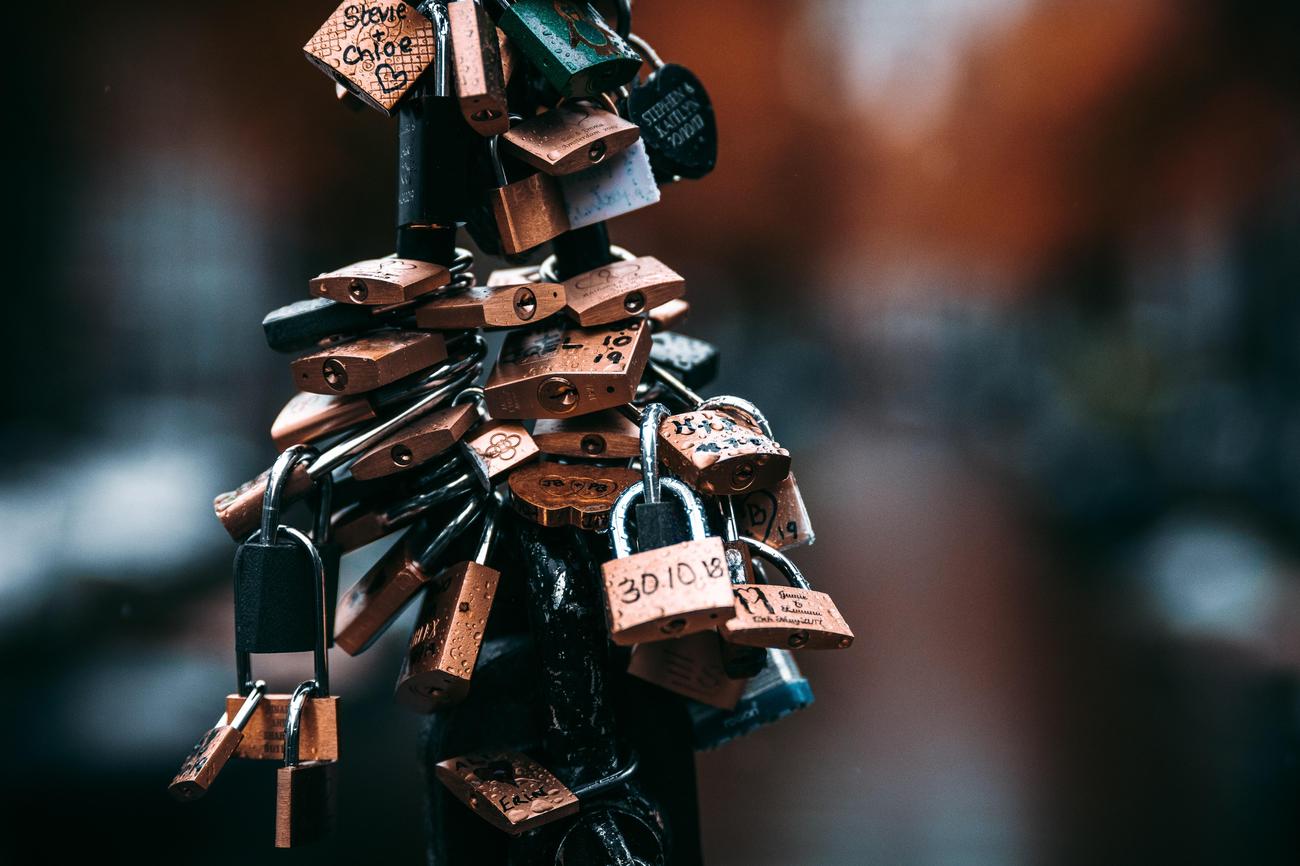Unearthing the Oldest Lock in History

When we think about locks, we often associate them with modern security systems or the trusty padlock protecting our valuables. However, the history of locks dates back much further than one might expect. As a professional historian and locksmith with a passion for ancient artifacts, I have delved into the depths of human civilization to uncover the origins of the oldest lock known to man. Join me on this captivating journey as we explore the fascinating world of ancient locks and unveil the secrets behind the creation of the first lock.
What is the oldest lock?
Imagine yourself in the ancient city of Khorsabad, surrounded by the ruins of the magnificent Khorsabad Palace. As you explore the remnants of this once prosperous civilization, you stumble upon a remarkable discovery – the oldest known lock in history. Dating back approximately 4,000 years to Ancient Egypt, this wooden marvel is the embodiment of ancient craftsmanship and ingenuity.
The earliest locks were simple yet effective pin tumbler locks. They consisted of pins of varying lengths that needed to be aligned correctly in order for the lock to open. To achieve this alignment, a key – also made of wood – was inserted into the lock. Turning the key would lift the pins to the right heights, allowing the bolt to retract and the door to be unlocked.
This ancient lock, discovered among the ruins of the Khorsabad Palace in Iraq, provides us with a glimpse into the fascinating world of ancient security systems. It speaks volumes about the human desire for protection and the need to secure valuable possessions.
Over time, the Egyptians enhanced the wooden lock design by incorporating brass into their mechanisms. This addition not only improved the durability of the locks but also contributed to their aesthetic appeal. These ancient locks were predominantly used to secure doors and safeguard the treasures within.
Joseph Bramah, a significant figure in the history of locks, contributed to the evolution of this essential security device. In 1784, he patented a safety lock that incorporated complex mechanisms for added protection. Bramah’s lock was a pivotal development and laid the foundation for future advancements in lock technology.
Another groundbreaking innovation came from James Sargent in 1857. He invented the world’s first successful key-changeable combination lock. This revolutionary design allowed individuals to change the lock’s combination, enhancing security and convenience.
Fast forward to 1916, when Samuel Segal, a former New York City policeman, introduced the world to jimmy-proof locks. These ingenious devices included an interlocking bolt and strike plate combination, which made them incredibly difficult to tamper with. This invention marked a significant step forward in the ongoing battle between burglars and security experts.
In 1921, Harry Soref founded the Master Lock Company and patented an improved padlock. This padlock featured a unique mechanism that provided greater resistance against picking and forced entry. Soref’s invention set a new benchmark in padlock security, making it increasingly challenging for unauthorized individuals to access locked areas.
The history of locks is an ever-evolving tale, with continuous advancements in materials and technology. From the earliest pin tumbler locks of Ancient Egypt to the intricate combination locks and innovative designs of today, locks have become an inherent part of our everyday lives.
As we look back at the ancient wooden lock from Khorsabad and trace its remarkable journey through time, we realize that the quest for security and protection has driven human ingenuity for thousands of years. Whether it’s securing our homes, safeguarding our assets, or preserving our valued possessions, locks remain an essential tool in maintaining a sense of safety and peace of mind in an unpredictable world.
So the next time you turn a key or lock a door, take a moment to appreciate the ancient craftsmanship and timeless mechanisms that have made this seemingly simple act possible. Remember that the oldest lock in history serves as a testament to the human instinct to protect what is valuable – a legacy that continues to shape the locks we use today.
“Unlocking the secrets of the oldest lock in history reveals the timeless pursuit of security and the ingenuity of ancient civilizations.”
Here is a captivating paragraph with an active internal link:
“Did you know that keys have numerous fascinating facts associated with them? From their historical significance to the secret meanings behind different key designs, there’s a whole world to explore! If you are interested in learning more about the intriguing facts about keys, click here to uncover the hidden secrets: facts about keys. Get ready to dive into a captivating journey of discoveries and unlock the mysteries behind these everyday objects!”

FAQ
Q: How old is the oldest known lock?
A: The oldest known lock is estimated to be around 4,000 years old. It was found among the ruins of the Khorsabad Palace in Iraq and was constructed in Ancient Egypt using wood.
Q: What type of lock was the oldest known lock?
A: The oldest known lock was a basic pin tumbler lock made of wood. It used pins of varying lengths and required a key to open.
Q: Did the ancient Egyptians improve the lock design?
A: Yes, the ancient Egyptians later improved the lock design by adding brass to it. This addition enhanced the security and durability of the locks.
Q: How did other ancient locks work?
A: Other ancient locks were also made of wood and used a simple pin tumbler system with a bolt and key. These locks served the purpose of securing doors and providing security.
Q: Are there any notable figures in lock history?
A: Yes, there are several notable figures in lock history. Joseph Bramah patented a safety lock in 1784, James Sargent invented the world’s first successful key-changeable combination lock in 1857, Samuel Segal invented the first jimmy-proof locks in 1916, and Harry Soref founded the Master Lock Company in 1921 and patented an improved padlock.












